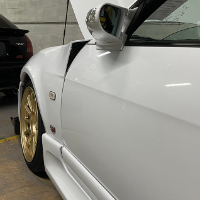Back To Back Testing Of P98 Vs P98+water Injection Vs P98 Vs Water Meth Injection
Announcements
-
Similar Content
-
Latest Posts
-
Realistically I'll probably do some stuff like upgrading parts but I'll probably have to out source fabrication and specialized technical aspects. I would like to do the plan and stuff though and just go to professionals with it so they can either improve it or make what I ask.
-
By thomasLait · Posted
Hey I'm having similar problems, however mine is all wiring based, and I'm not entirely certain where to start, the link is to a video I took to show what's happening, if anyone could help out trying to trouble shoot this, that would be greatly appreciated. https://youtube.com/shorts/jbhu0JKyRUg?si=fQf6UYuPXOQ8lYmA -
Did you check about halfway down the main straight of any race track? That's where they generally blow off and fly away. I lost the ones in my R33 just across the NT border where the speed limit stopped on the highway.
-
Twin charging needs the supercharger to be PD. Centrifugal blowers need not apply.
-



Recommended Posts
Create an account or sign in to comment
You need to be a member in order to leave a comment
Create an account
Sign up for a new account in our community. It's easy!
Register a new accountSign in
Already have an account? Sign in here.
Sign In Now